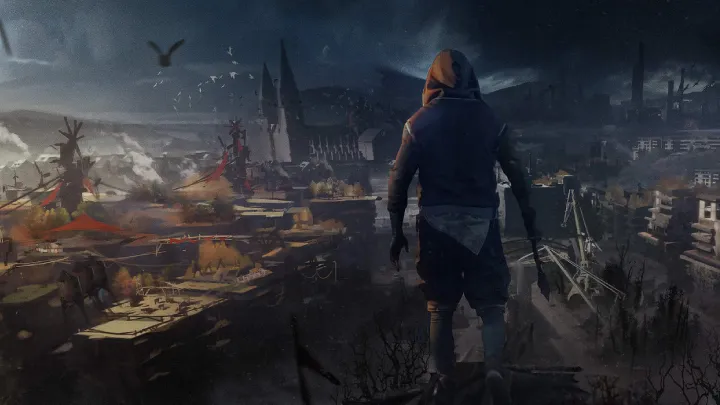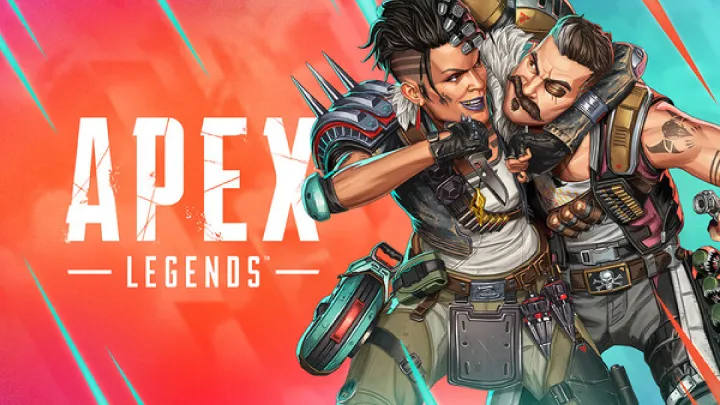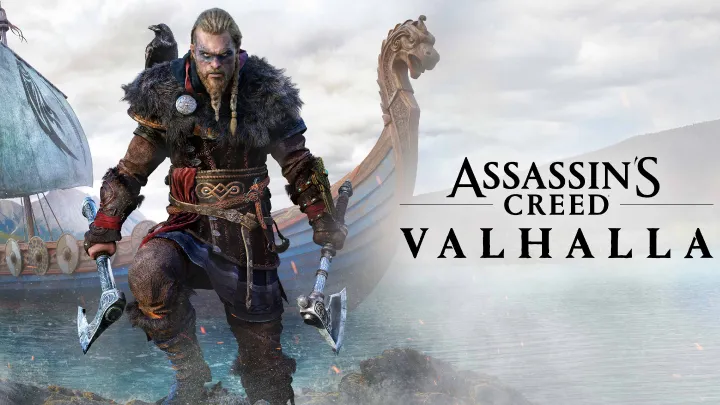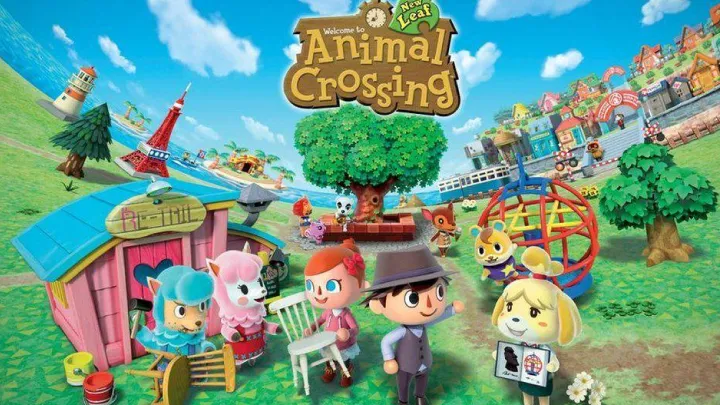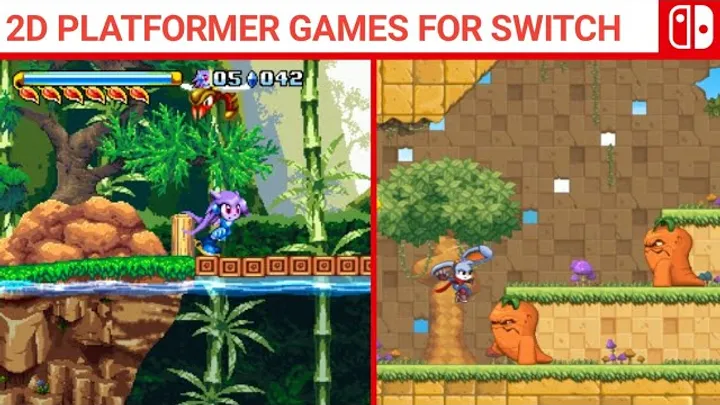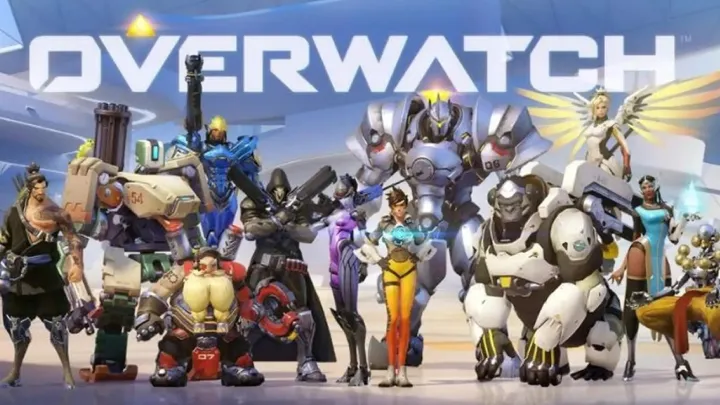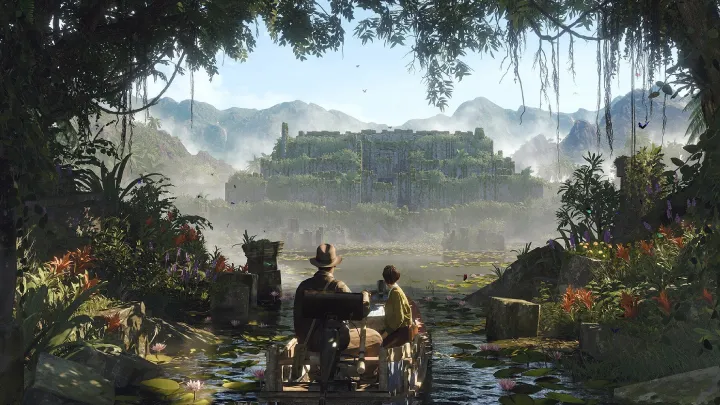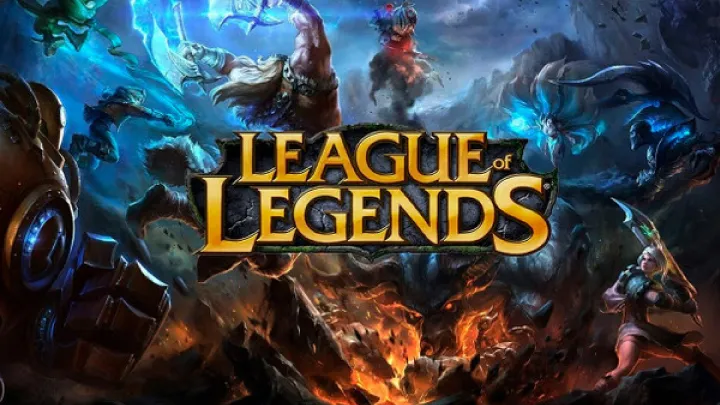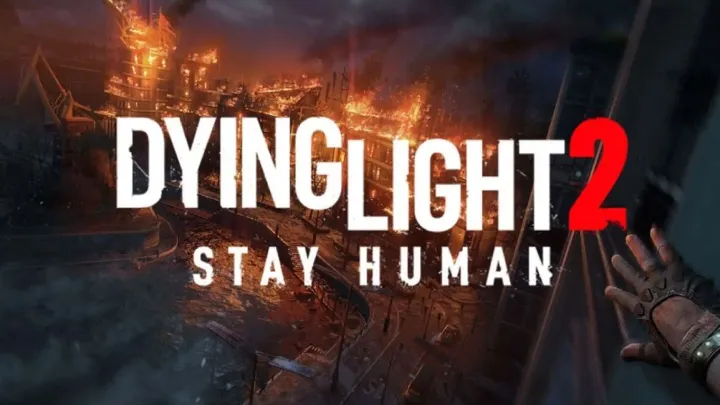
Dying Light 2: Stay Human, developed by Techland, is not just another entry in the zombie survival genre; it is a narrative-rich experience that explores the theme of choice and consequence in a post-apocalyptic world. Set in a sprawling open world, players take on the role of Aiden Caldwell, a parkour expert navigating the dangers of a city overrun by the infected and competing factions. This article delves deeply into the specific issue of choice and consequence in Dying Light 2, examining how player decisions shape the narrative, influence relationships, and ultimately determine the fate of the game’s world.
The Foundation of Choice: An Expansive World
The Setting: Villedor
Dying Light 2 is set in Villedor, a fictional city that has been devastated by a viral outbreak. The environment is richly detailed, with distinct districts that reflect the chaos and despair of a world overrun by the infected. Players can traverse the city using advanced parkour mechanics, which are essential not only for survival but also for exploration.
The open world of Villedor serves as a canvas for player choice. As players navigate through its urban jungles and dilapidated buildings, they encounter a variety of NPCs, factions, and quests that present moral dilemmas and opportunities for alliances. This design encourages players to engage with the world and its inhabitants, laying the groundwork for meaningful choices that will impact the narrative.
The Importance of Exploration
Exploration in Dying Light 2 is not merely for the sake of gathering resources or completing objectives; it is intrinsically tied to the choices players make. As players engage with the environment, they uncover secrets and encounters that shape their understanding of the world. The game rewards curiosity and engagement, reinforcing the idea that exploration is a crucial aspect of the player’s agency.
The decisions made during exploration can lead to different outcomes. For instance, players may choose to help a faction in need, which could grant them valuable resources or create new allies. Alternatively, they might ignore these opportunities, leading to a more isolated experience. This interactivity emphasizes the weight of player choice, setting the stage for the complex narratives that unfold.
The Factions of Villedor: Allies and Adversaries
Competing Ideologies
One of the most compelling aspects of Dying Light 2 is the presence of multiple factions vying for control over Villedor. These factions—such as the Survivors, the Renegades, and the Peacekeepers—each embody different ideologies and approaches to survival in a world filled with danger. Players must navigate these conflicting interests, making choices that can lead to alliances or enmities.
For example, the Survivors focus on rebuilding society and prioritizing the well-being of the community, while the Renegades are more aggressive and self-serving. The Peacekeepers aim to enforce order, often resorting to authoritarian measures. The game encourages players to engage with these factions, providing opportunities to ally with one over another, which will significantly impact the storyline and the world itself.
The Impact of Faction Choices
The choices players make in relation to these factions have far-reaching consequences. Aligning with a faction can unlock unique quests, abilities, and resources, but it can also lead to conflicts with rival groups. For instance, helping the Survivors may alienate the Peacekeepers, making certain areas of the city more hostile.
This dynamic creates a web of consequences that players must navigate carefully. The game challenges players to consider their allegiances and the potential fallout from their decisions. The relationships with factions are not static; they evolve based on player actions, adding layers of complexity to the narrative.
The Role of Relationships: NPC Interactions
Building Connections
Throughout Dying Light 2, players encounter a variety of NPCs who play crucial roles in the story. These characters are not just quest-givers; they have their own arcs, personalities, and relationships with Aiden. Players have the opportunity to build connections with these characters, influencing their fates through dialogue choices and actions.
For example, Aiden's relationship with key characters like Lawan or Hakon can be developed through meaningful interactions. Players can choose to support them in their struggles or prioritize their own goals, affecting the narrative outcomes. This emphasis on relationships adds emotional depth to the game, making players feel more invested in the characters’ fates.
The Consequences of Choices in Relationships
The choices made in relationships can lead to dramatic shifts in the narrative. Supporting a character may result in them becoming a valuable ally, providing assistance in future encounters. Conversely, neglecting or betraying them can lead to loss and isolation, impacting the player’s experience.
These relationship dynamics serve to underscore the theme of choice and consequence. Players must navigate the complexities of human interaction in a world filled with danger, reinforcing the idea that their decisions matter not just in terms of survival but also in the emotional landscape of the narrative.
The Moral Ambiguity of Choice
Ethical Dilemmas
Dying Light 2 excels at presenting players with ethical dilemmas that lack clear right or wrong answers. For instance, players may be faced with choices that challenge their moral compass, such as deciding whether to save a group of civilians or secure valuable resources for themselves. These moments force players to grapple with their values and the implications of their actions.
The game’s narrative does not shy away from exploring difficult themes. By placing players in morally ambiguous situations, Dying Light 2 challenges them to confront their beliefs about survival and sacrifice. This complexity adds depth to the gameplay, as players must weigh their decisions carefully, knowing that their choices can have lasting effects.
The Weight of Consequences
The consequences of players’ decisions often manifest in significant ways. Choosing to save civilians may lead to immediate gratitude and support from the Survivors, but it could also result in lost resources that are crucial for Aiden’s survival. On the other hand, prioritizing personal gain may lead to short-term benefits but could alienate potential allies and create a sense of isolation.
This moral ambiguity reinforces the idea that choices in Dying Light 2 are not merely gameplay mechanics; they are integral to the narrative experience. Players are left to reflect on their decisions, contemplating the broader implications of their actions in a world where survival often comes at a cost.
The Dynamic Day-Night Cycle
The Influence of Time on Gameplay
Dying Light 2 features a dynamic day-night cycle that significantly impacts gameplay and player decisions. During the day, players can explore the city, gather resources, and engage in interactions with NPCs with relative safety. However, as night falls, the infected become more aggressive and dangerous, forcing players to adapt their strategies.
This cycle creates a sense of urgency and tension, as players must decide how to allocate their time. Will they risk venturing out at night for valuable rewards, or will they play it safe and stick to daytime activities? These choices add another layer of complexity to the gameplay, emphasizing the importance of timing and strategy.
Consequences of Day-Night Choices
The choices made during the day-night cycle can lead to significant consequences. For example, players who choose to explore at night may encounter powerful enemies and rare loot but also risk losing valuable progress if they are overwhelmed. Conversely, sticking to the safety of daytime exploration may limit the potential for growth and resource acquisition.
This dynamic reinforces the theme of choice and consequence, as players must weigh the risks and rewards of their actions. The day-night cycle serves as a constant reminder that the world of Dying Light 2 is unforgiving, and every decision can have far-reaching effects.
The Parkour System: A Metaphor for Freedom and Consequence
Fluid Movement Mechanics
At the heart of Dying Light 2 is its parkour system, which allows players to traverse the city with fluidity and agility. This movement mechanic not only enhances gameplay but also serves as a metaphor for choice and freedom. Players can choose how to navigate the environment, whether by stealthily avoiding enemies or leaping into action.
The parkour system empowers players to explore the world and engage with its challenges in unique ways. By allowing for creative approaches to traversal, the game emphasizes the idea that players have the agency to shape their experiences based on their choices. The freedom of movement encourages experimentation, inviting players to find their own paths in a world filled with obstacles.
Consequences of Parkour Choices
However, the parkour system is not without its risks. Players must consider their surroundings and the potential consequences of their choices. Taking a daring leap from a rooftop may provide a thrilling escape, but it could also lead to a fatal fall if not executed correctly. This tension between freedom and consequence adds depth to the gameplay experience.
The parkour mechanics also highlight the importance of player skill and decision-making. Players who master the system can navigate the city more effectively, earning rewards and advantages in their journey. This relationship between skill and choice reinforces the idea that players shape their experiences through their actions.
The Ending: A Reflection of Choices
The Impact of Player Decisions
As players progress through Dying Light 2, they are ultimately faced with choices that will determine the fate of Villedor and its inhabitants. The game features multiple endings, each reflecting the decisions made throughout the journey. The culmination of choices related to factions, NPC relationships, and ethical dilemmas leads to a resolution that encapsulates the themes of the game.
These endings serve as a powerful reminder that every decision matters. Players are left to reflect on the paths they chose and the consequences of their actions, creating a sense of closure while also leaving room for contemplation. The varied endings encourage players to replay the game, exploring different choices and their impacts on the world.
A Personal Journey
The conclusion of Dying Light 2 is not just a resolution to the main story; it is a reflection of the player’s journey. The choices made throughout the game shape not only the fate of Villedor but also Aiden's character development. Players are left with a sense of agency, knowing that their decisions have consequences that extend beyond the game itself.
This emphasis on player choice and consequence creates a deeply personal narrative experience. Each player’s journey through Dying Light 2 is unique, shaped by their decisions and the relationships they forged along the way. This personalization enhances the emotional resonance of the game, making it a memorable experience.
Conclusion
Dying Light 2: Stay Human masterfully explores the complexities of choice and consequence in a post-apocalyptic world. Through its expansive open world, dynamic factions, and moral dilemmas, the game invites players to engage with its narrative on a profound level. The choices made throughout the journey shape not only the fate of Villedor but also the relationships and character arcs that players encounter.
As players navigate the challenges of survival, they are confronted with ethical dilemmas that challenge their values and beliefs. The dynamic day-night cycle, parkour mechanics, and relationships with NPCs all contribute to the richness of the experience, emphasizing the weight of player decisions. Ultimately, Dying Light 2 challenges players to reflect on their choices, creating a memorable narrative experience that resonates long after the game is over.
